Teaching Robot Stories at a Creative Writing Summer Camp
When We All Call Ourselves “Writer”...Stuff Happens
Each summer I am called back to Western Michigan University’s campus. It seems I can’t leave. I got my Masters Degree in the spring of 2014, and I promptly started working with the Third Coast Writing Project’s Camp for Young Writers. Entering the director role in 2017, this camp has been a huge motivation and drive behind my personal development work each year not only as a teacher, but as a writer. It has also taught me a great deal about teacher leadership. My favorite part about writing camp is that each and every adult, volunteer, and student calls themselves “writer.” It is a community that is a given. What we as teachers often spend some time creating in the fall, just simply happens. It motivates me to create this atmosphere in my classroom year after year. We are all writers, after all. But first, some background about the program:
Background of the Program
The Third Coast Writing Project at Western Michigan University is a part of the National Writing Project, “the NWP is a network of sites anchored at colleges and universities and serving teachers across disciplines and at all levels, early childhood through university. We provide professional development, develop resources, generate research, and act on knowledge to improve the teaching of writing and learning in schools and communities” (About NWP). The Camp for Young Writers is a part of this program that runs each year. Session leaders are certified teachers that choose the theme of each session. The goal is to be inclusive, express diversity, and have fun with literacy each summer.
While the camp serves students ages 8-14 in terms of themed sessions, we have also branched out to include a high school service learning program where older writers that have aged out of the program come back to help mentor younger writers. The ability to lead combined with the tasks of developing young readers and writers is quite a sight to see. These young people are teachers in the making. The growth in this aspect of the program alone is exciting to see each year, as the older students learn autonomy in “placing themselves in the teacher’s shoes” for a while.
I got the opportunity to teach the middle school session this year. Here is our theme and breakdown of daily activities:
Session Name: Spotted...Robot Writers in the Wild!
Session Description: Join us this summer for writing in the wilderness of Western Michigan University...with robots! This camp for older writers, aged 11-14, is storytelling at its finest by combining two very different forces: man and machine. By using the anchor text The Wild Robot by Peter Brown, campers will use mentor sentences to craft their mechanical tales and design their own robot characters from scratch. Each writer will figure out how a robot fits into their futuristic story. Using all of the tools in their writers' toolbox, campers will zoom-in on the details, receive feedback on their stories, and take part in daily expeditions onto WMU’s campus. At the Third Coast Camp for Young Writers, robotic writing is sure to bring the amazing machines from our imaginations to life!
Main Mentor Text: The Wild Robot by Peter Brown
My Google Doc Planning Document:
I chose to leave this document in its raw form with my notes on it so you could see the sequencing that goes into an all-day camp program. Many things changed and moved around, as with all teaching that we do in our classrooms and in this format. Many things went really well, and some things I would change for next year. For this post, I wanted to focus on the things that I am keeping no matter what because I also intend to use them for the fall.
I Am Keeping…
THE GROUP STORY
We did the exercise of a group story two times at camp-on the first day and on the last day. The idea of creating one cohesive story as a group bonds the group together and creates a sense of community. The kids were laughing about characters and settings on day one, and the jokes around this story proceeded to setup some of the conversations to be had throughout the rest of camp. For example, the group named the antagonist of our story “Bony Lonely",” so it became a running joke to talk about him when talking about villains, the role of the antagonist, or conflict.
We also did a group story chain on the last day. When you do a group story chain, you mark the story ideas for character, setting, and conflict at the top of a lined sheet of paper. Then you pass the story on to the next person and the next as the timer goes off. The point is to make this as ridiculous as possible and veer the story off in a direction that the original author had no intention of putting on the page. Each person gets to add their own twists. Again, this builds community because multiple voices go into one story.
USING A STORY PLANNER
If you look at my planning document above and scroll down, you will find the story planner I used for camp. This was directly related to the group story roles so that young writers could transfer ideas. I handed out this planner, and it made coming up with story ideas less intimidating for the kids. They knew some of the parts of their story, and then this gave me conversation starters as I walked around to check in on them during writing conferencing.
SNAPSHOT GALLERY WALK
I love teaching snapshots in narrative writing. Snapshots are when you take a moment to describe a person or place in writing. I have other posts about the use of snapshots in writing, and they have links to sample mentor text examples to use with kids.
How a snapshot gallery walk works is that you need large poster paper for students to work on as they find an example snapshot in the mentor text. After they have identified a snapshot at the top of the poster paper, you have each of them write a snapshot from their own writing. This can be details about a character or place in their text. I then have students go around to shout out positives and give feedback. Feedback is limited to two areas: 1.) Do they need more information? (WHO, WHAT, WHEN, WHERE, WHY) 2.) Do they need more imagery? (FIVE SENSES-TOUCH, TASTE, SIGHT, SMELL, SOUND) This keeps feedback accessible, friendly, and productive.
MENTOR TEXT WORK
Mentor text work is at the heart of my work as a teacher and in my teaching identity. Each year I get better at being more purposeful with my mentor text work, I wanted to work with The Wild Robot by Peter Brown not necessarily because I wanted the kids to include robots in their stories, but Peter Brown makes many “writer’s craft” moves accessible to kids. In fact, many kids did not include robots at all in their narrative stories that consisted of other genres like fantasy and horror, But, I see Peter Brown all over their work. This is the reason why I love mentor text work. It makes the writing of published books accessible for students, and they can make a tangible checklist of moves to try out in their writing.
Here are some deliberate moves we talked about when it came to the text, The Wild Robot:
Onomatopoeias
Second vs. Third Person Narration
Snazzy Details
-vivid verbs
-adjectives
Short Chapters=Help with Transitions
Moments of Lists for Dramatic Effect
Compound Sentences
Adverbs
CLOCKWORK PEER REVIEW
I like to use clockwork appointments for peer review. Even though I love commenting on kids’ drafts with google comments, I do not like the ability to easily resolve comments if it goes away. There is something about a paper draft with feedback that I will always love. However, it doesn’t have to include millions of my markups in order to be effective. For the clockwork peer review, I have the original author of the draft go through their own printed out draft first. They read it out loud. Then, they mark four things from their draft: 1.) Snapshot 2.) Thoughtshot 3.) Conflict and 4.) Places of Dialogue. This makes it clear to their reading partner where the author intended to find their writing craft move. After we make our appointments on a drawn clock, we meet with our partners! I always stop and give peer review partners some helpful pointers before they begin to work together. Feel free to use my public Prezi in your room if you like.




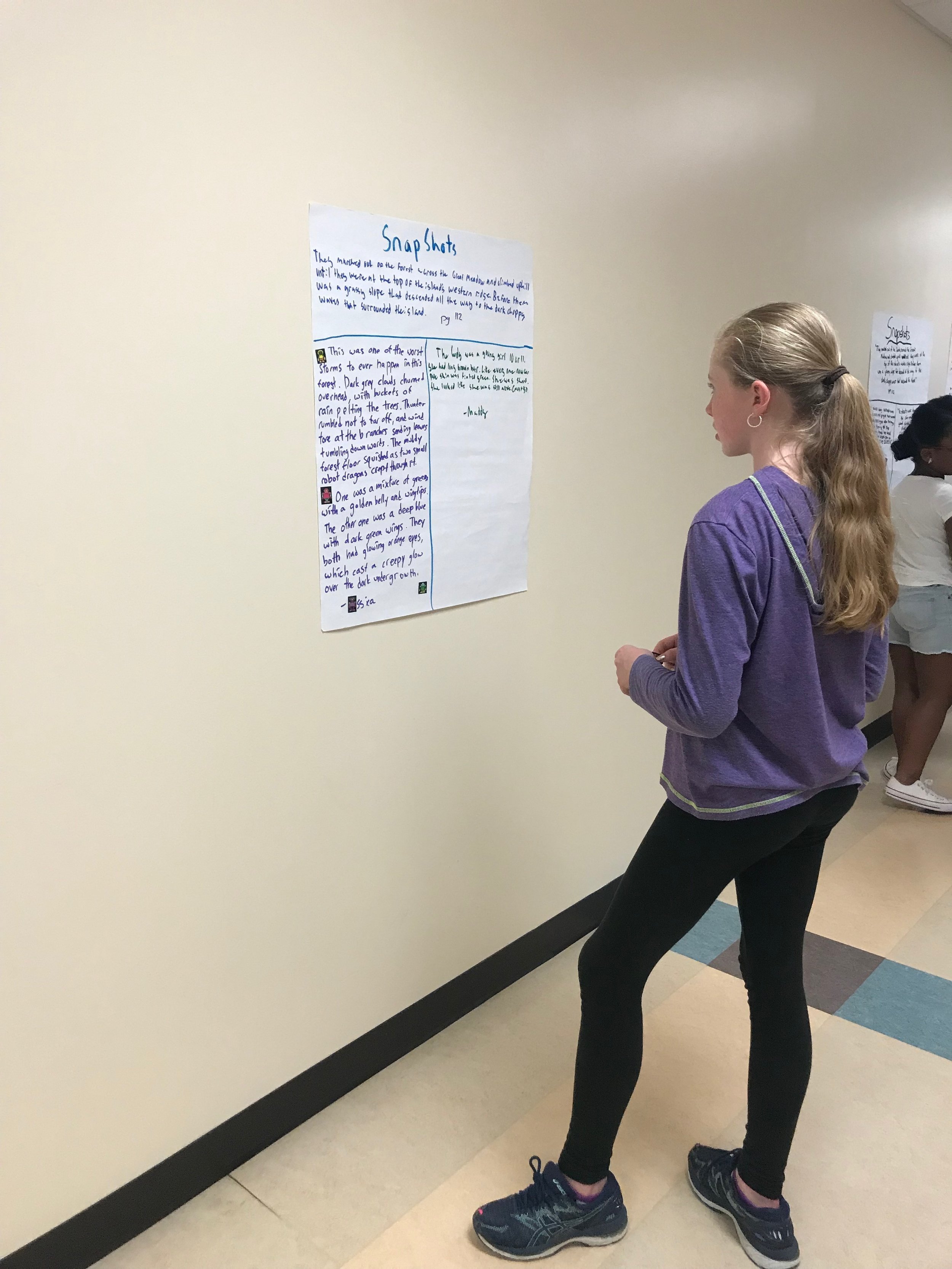

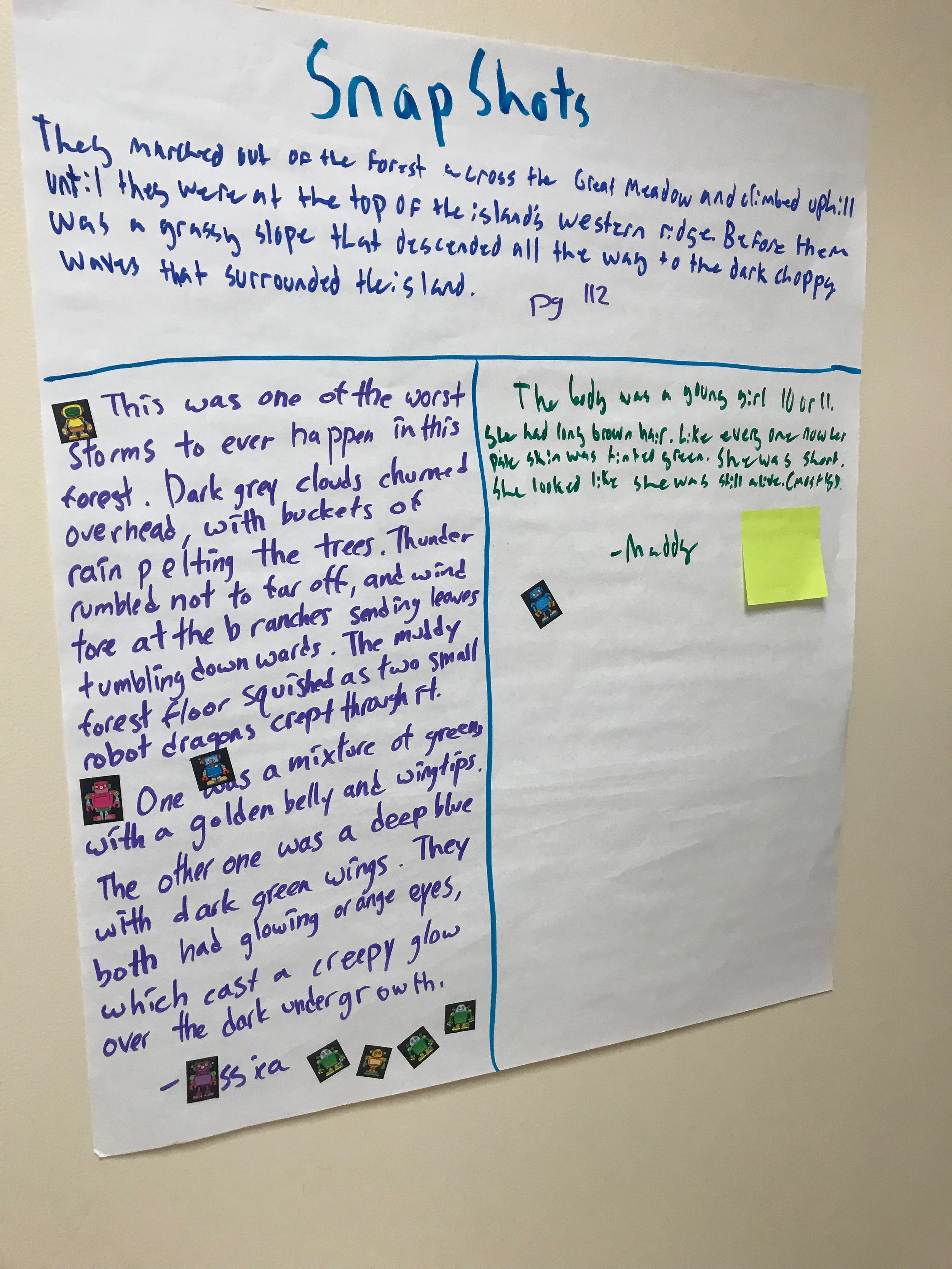

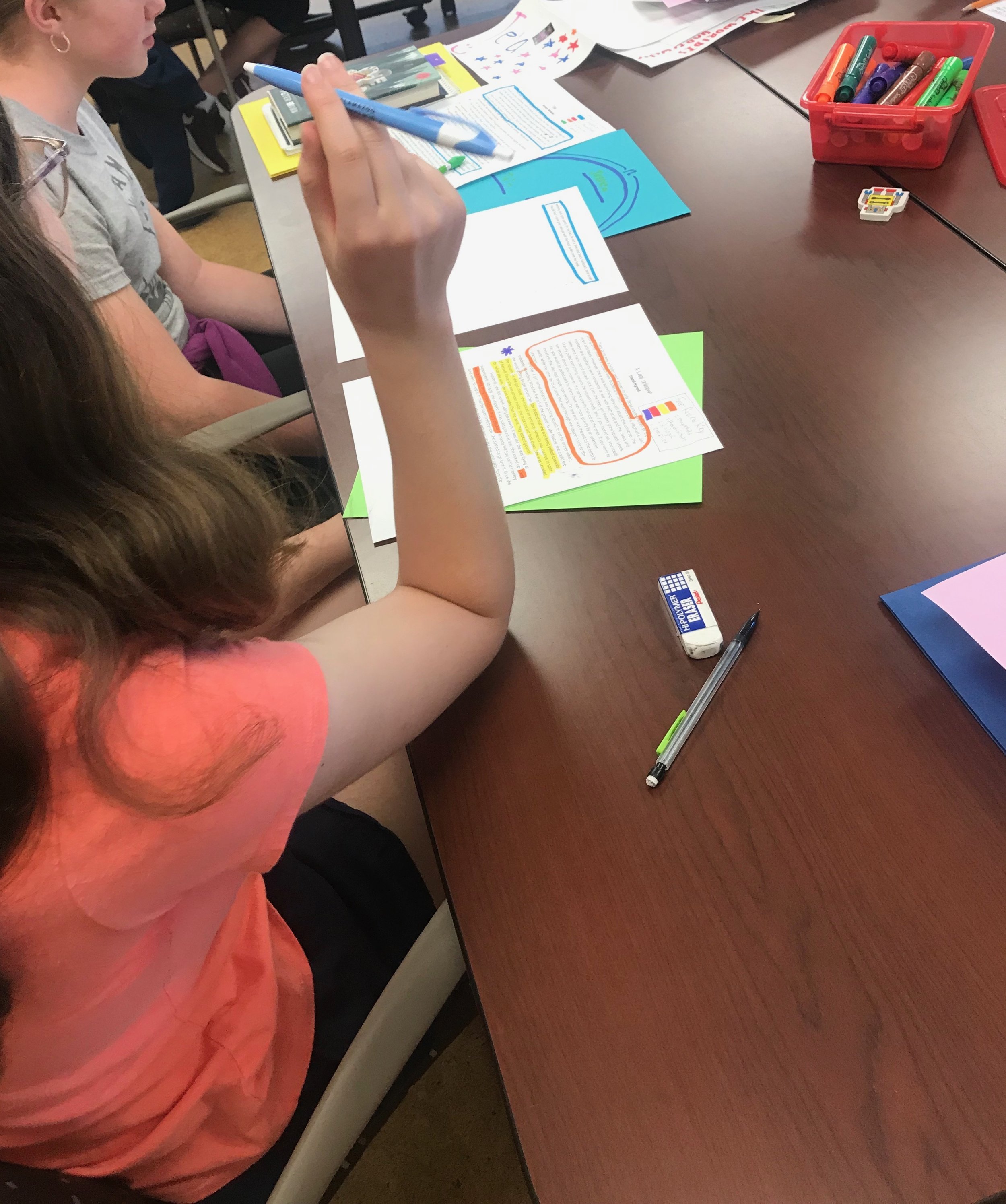
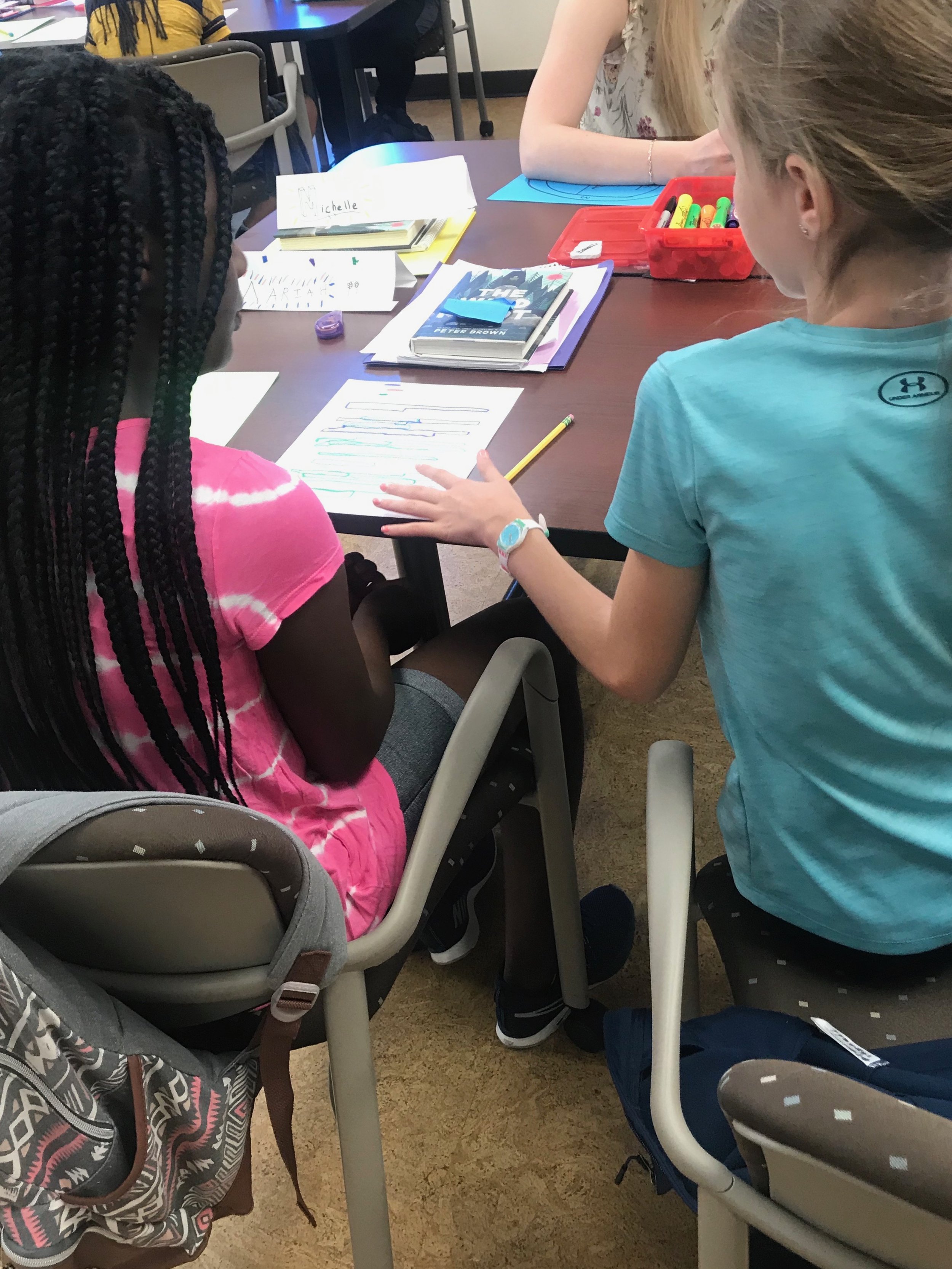
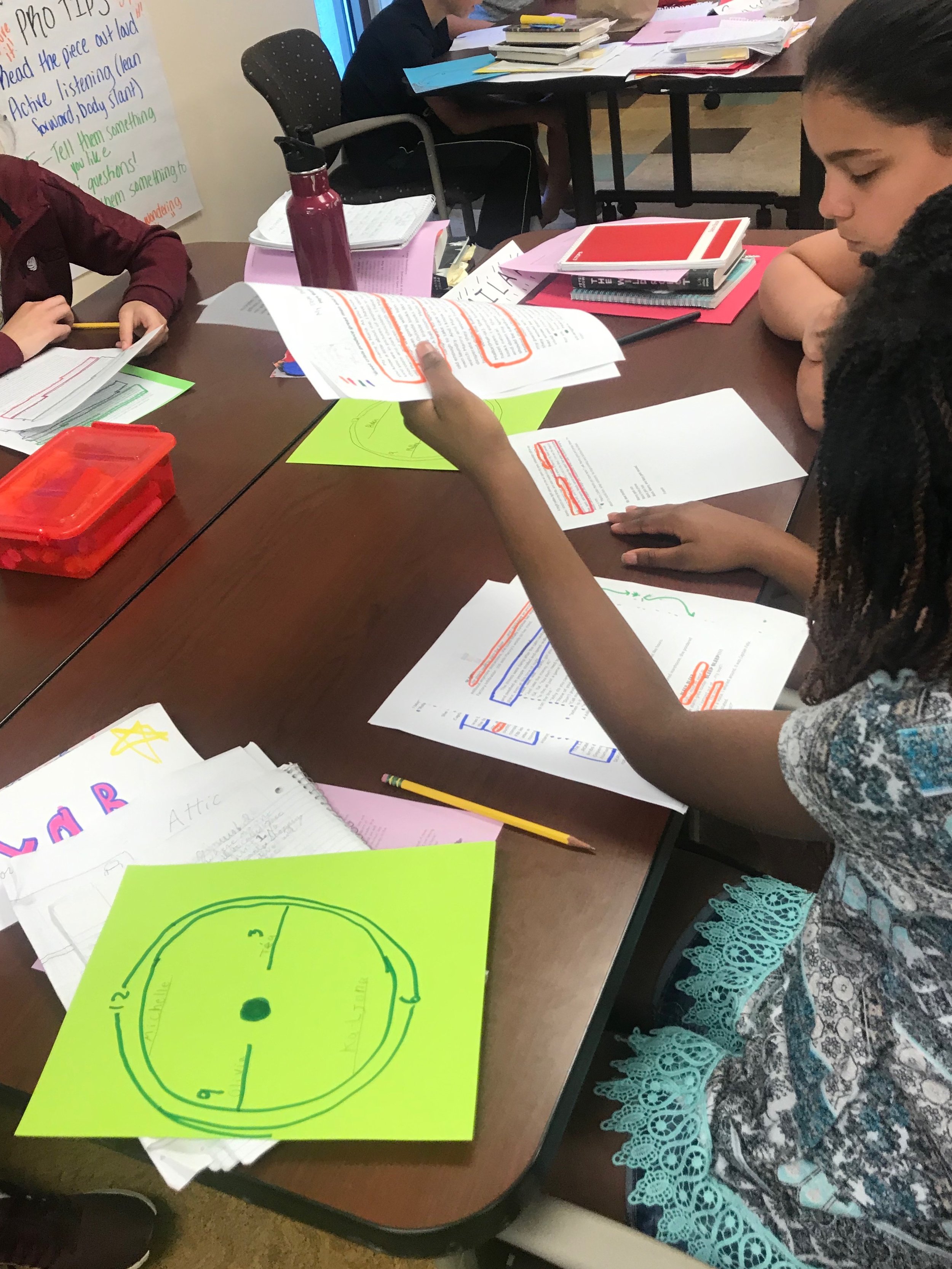
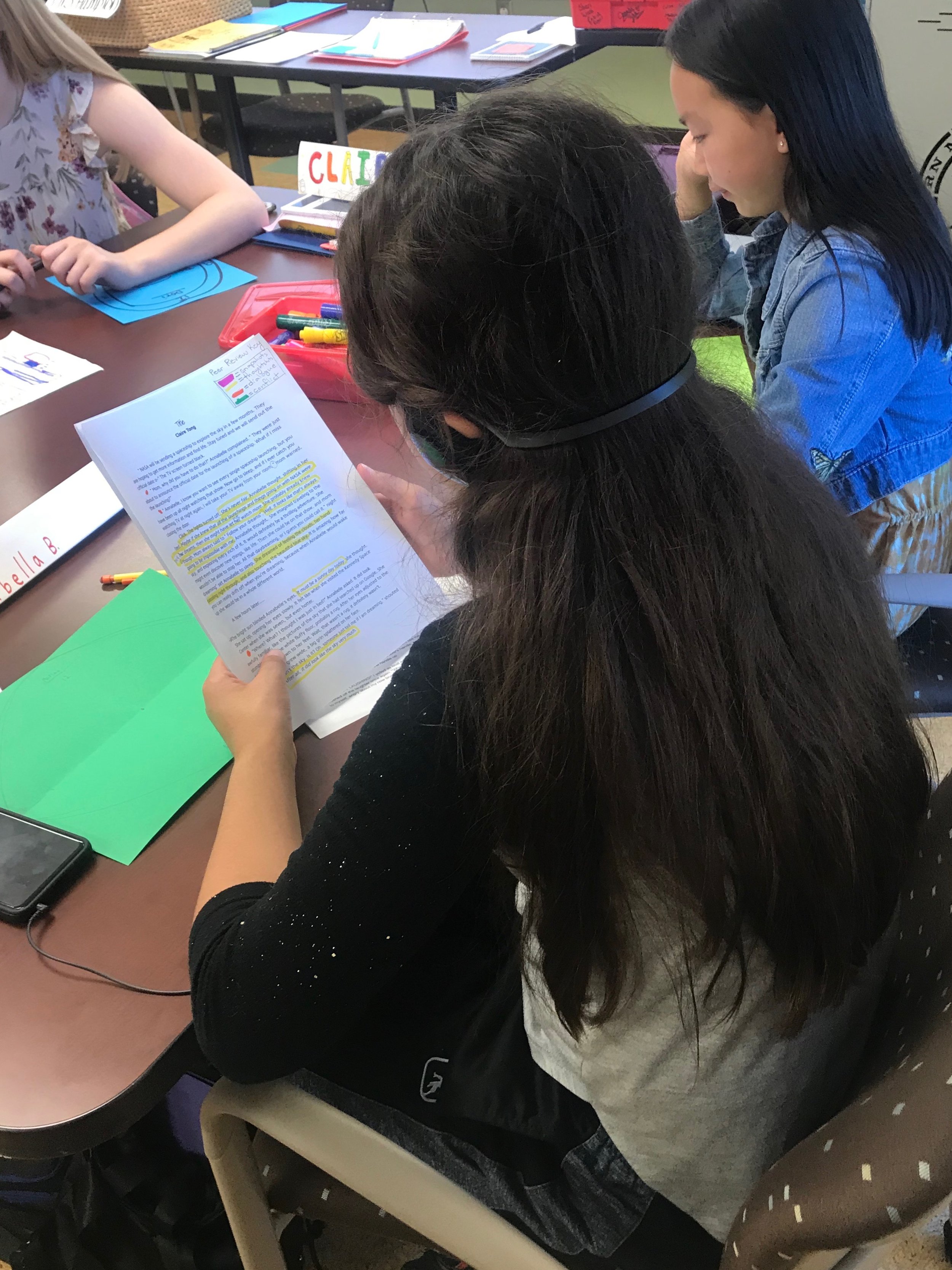




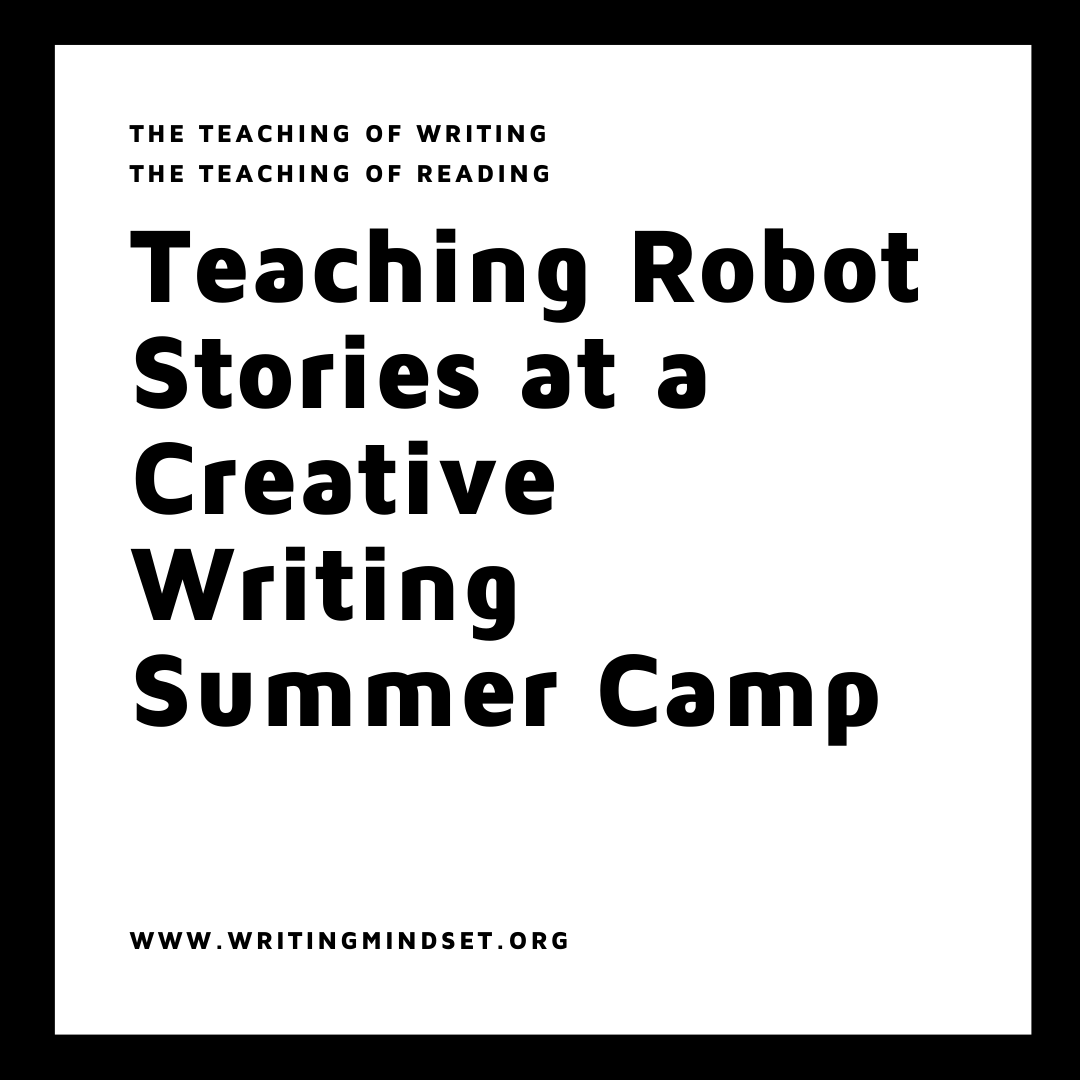


Narrative writing is always the first big unit taught in sixth-grade English, but I would also argue that narrative writing is the perfect way to open up a brand new school year because we are finding out about our students’ stories. I am also pretty sure that October may be one of the toughest months to teach in considering that it consists of conferences, the end of the first marking period for my middle school, the flu season that starts circulating, and it is my birthday month. The last part is not a bad thing, I just find it easier to resent less “me time” with all of the to-do lists piling up. This post contains step-by-step directions for teaching a personal narrative writing unit at the secondary level. This includes directions, elements of the assignment, teaching strategies, and mentor texts. I also wanted to include information about writing conferences and grading information.